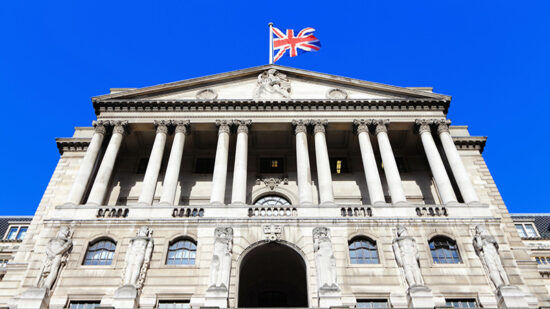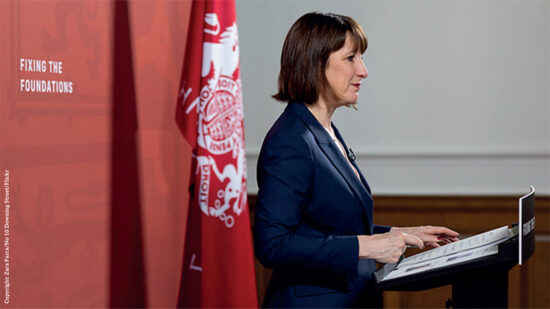We start 2015 with a stark reminder of how terrorist activity can disrupt communities and shock nations. Paris was the unfortunate location for both incidents and our thoughts are with the victims and families following these terrible events.
How do the financial markets react to major terrorist attacks? A 2005 study by Ohio State University identified 75 terrorist-related attacks on specific companies and found that the average loss per firm (per attack) was $401m of its market capitalisation.
Over recent years the focus of terrorism has shifted increasingly from small scale military to major civilian targets, and from individuals to business activities. Given the intertwined nature of today’s global economy, the aftermath of terrorist attacks often spills over to a country’s immediate trading partners and then beyond.
It is the indirect costs of terrorism which can be significant and hinder the economy in the medium term by undermining consumer and investor confidence; causing a tendency to save rather than spend.
This also has the potential to trigger a generalised drop in asset prices, flight to quality that increases the cost of borrowing, slow demand for emerging market output and raise global commodity prices.
An interesting 2005 IMF Working Paper specifically looked at the reaction of the financial markets to the 11 September 2001 attacks in New York; and 11 March 2004 attacks in Madrid. Encouragingly, its conclusion was that well-functioning financial markets, bolstered by prompt and effective reaction from relevant authorities, were generally efficient in absorbing the shocks stemming from terrorist attacks.
A coordinated response
Following their short term operational disruption, the financial markets demonstrated some resilience together with a capacity to quickly return to normalcy.
The effectiveness of the possible rapid and co-ordinated response by the authorities shouldn’t be underestimated.
Immediately after 9/11, the Federal Reserve made available its discount window to meet short term liquidity needs as well as deploying a wide range of instruments needed to ensure sufficient liquidity, ensure payments systems were operational and keep markets open.
A $100bn unprecedented liquidity injection together with highly accommodative policy also helped calm and stabilise the broader economy through the US banking and financial sector.
Equity markets felt the biggest impact from the 11 September attacks and experienced sharp and major declines on a global basis.
Between 17 and 21 September, the S&P 500 index fell by 11.6% and the NASDAQ technology index declined by over 16%. Spill-over was experienced globally, with the European equity markets falling even further than the US – the DJ Euro Stoxx lost over 17% between the 11 and 21 September; possibly because it re-opened more quickly after the attack.
By way of contrast, while the human loss of life was equally tragic the terrorist attacks on Spain were felt much less by the capital markets.
In the euro area, the DJ Euro Stoxx index fell by around 3% on 11 March and continued to fall over the following days but had almost completely recovered by the end of the month as had the S&P 500.
Investor confidence deteriorated beyond national boundaries in the aftermath of both attacks due to contagion effects. However while the New York attack raised fears regarding the stability of the global financial system, the attack in Spain was perceived as having a mostly regional effect.
9/11 occurred in the midst of a global economic downturn but the terrorist attacks in Madrid happened when the world economy was growing strongly. Broad fiscal stimulus and other economic support measures were deemed unnecessary; and the European Central Bank felt comfortable leaving its refinancing and interest rates unchanged.
Our conclusion might be that the impact of terrorist attacks on the financial markets varies but the after-effects of even a large scale attack can be dampened by a co-ordinated policy response, open liquidity provision and effective disaster recovery plans.
Global economies are interlinked and asset prices highly correlated across different markets but markets generally fulfil their function of rapidly assimilating news and absorbing shocks.
Those parts of our equity portfolio exposed to sensitive sectors including financials and oil-related industries, such as airlines and car manufacturers, could well experience sharp sell-offs but we rely on ‘safety net’ stocks including IT/physical security and defense to provide some support.
Tom Richards is head of private investment management (Offshore) at Thomas Miller Investment








